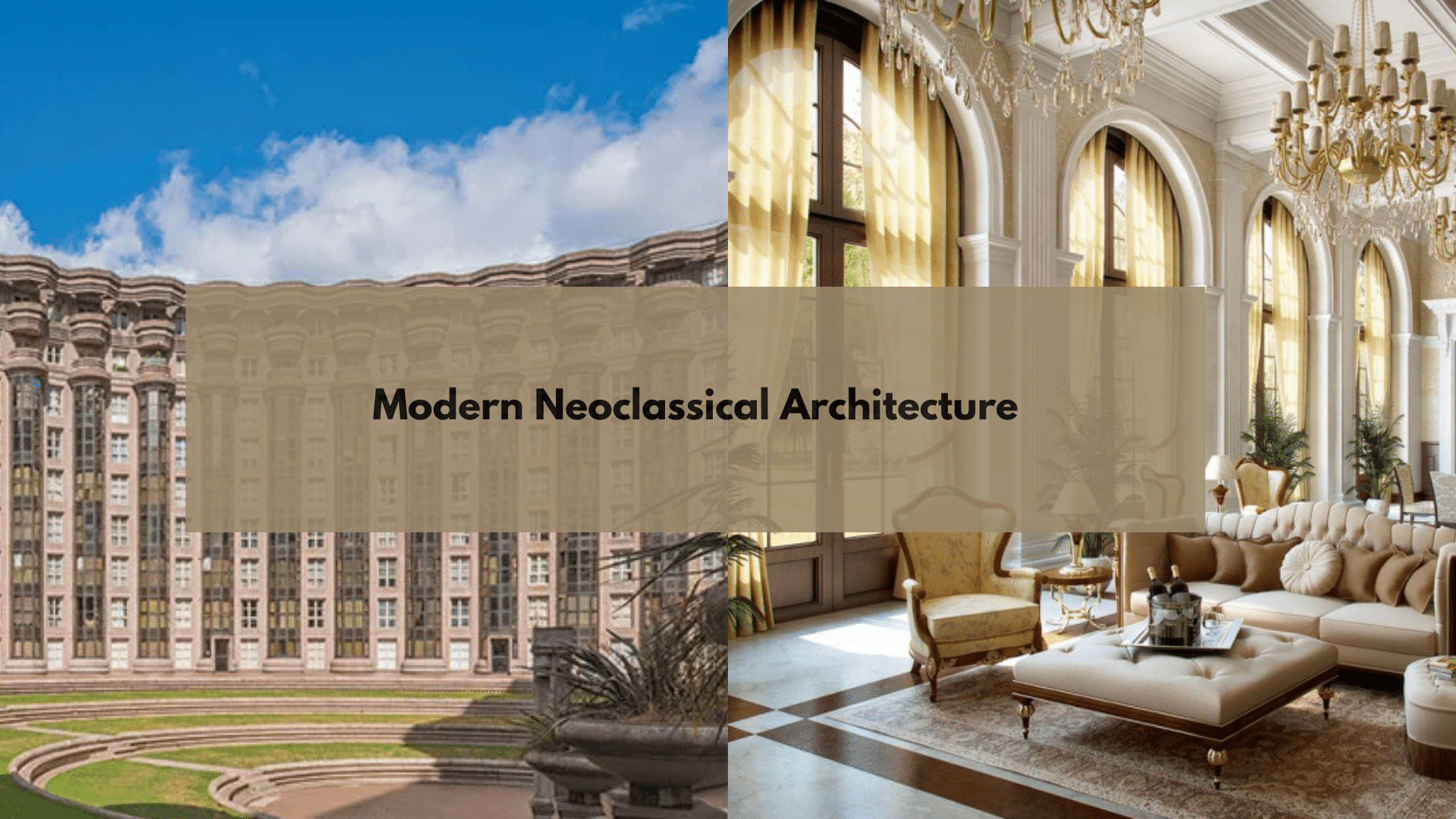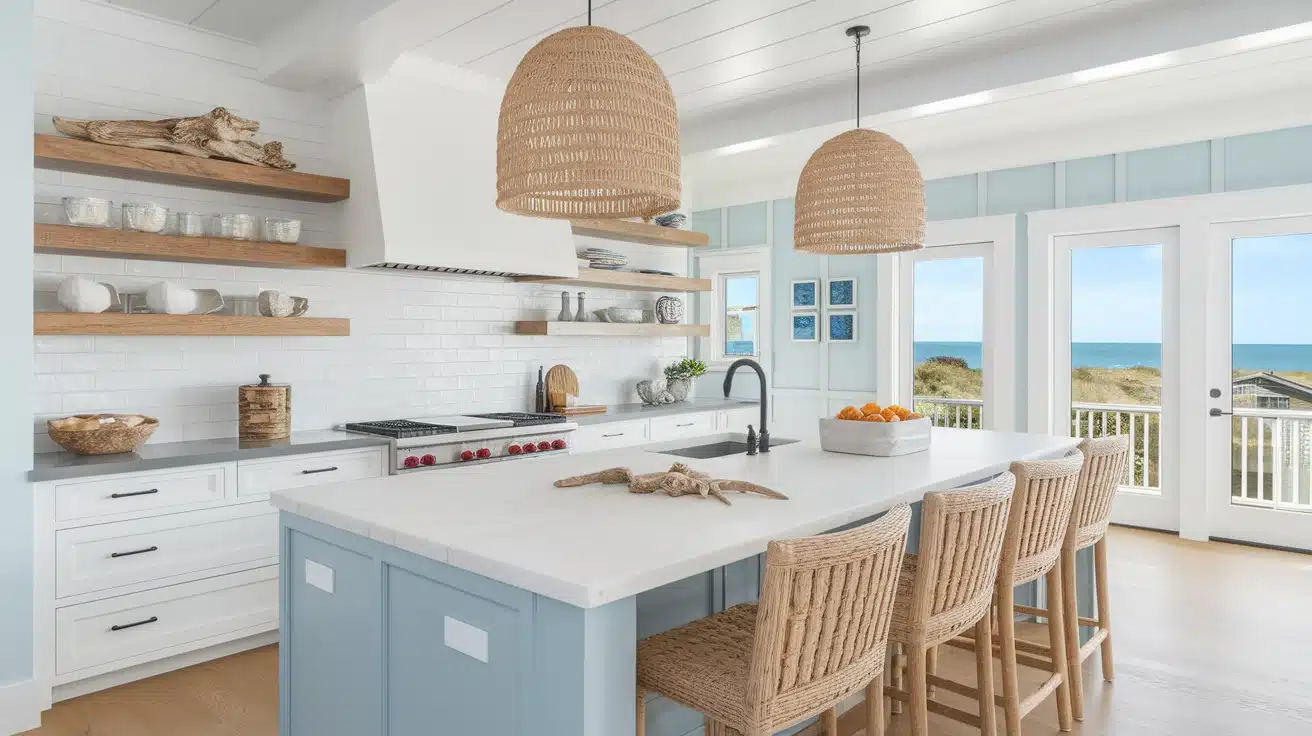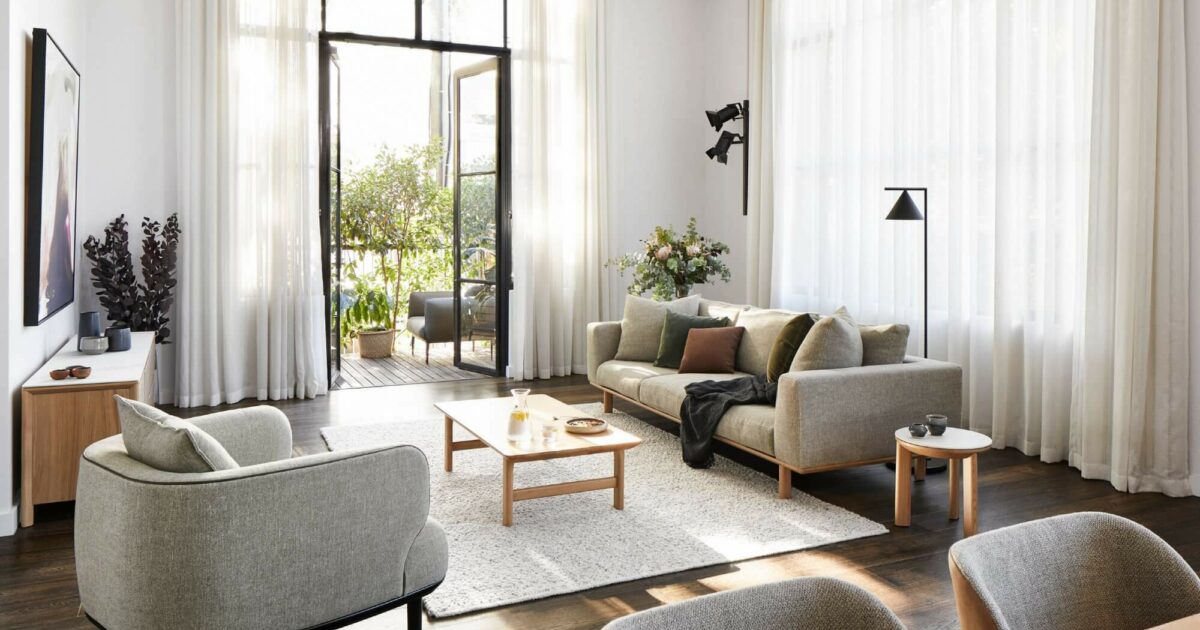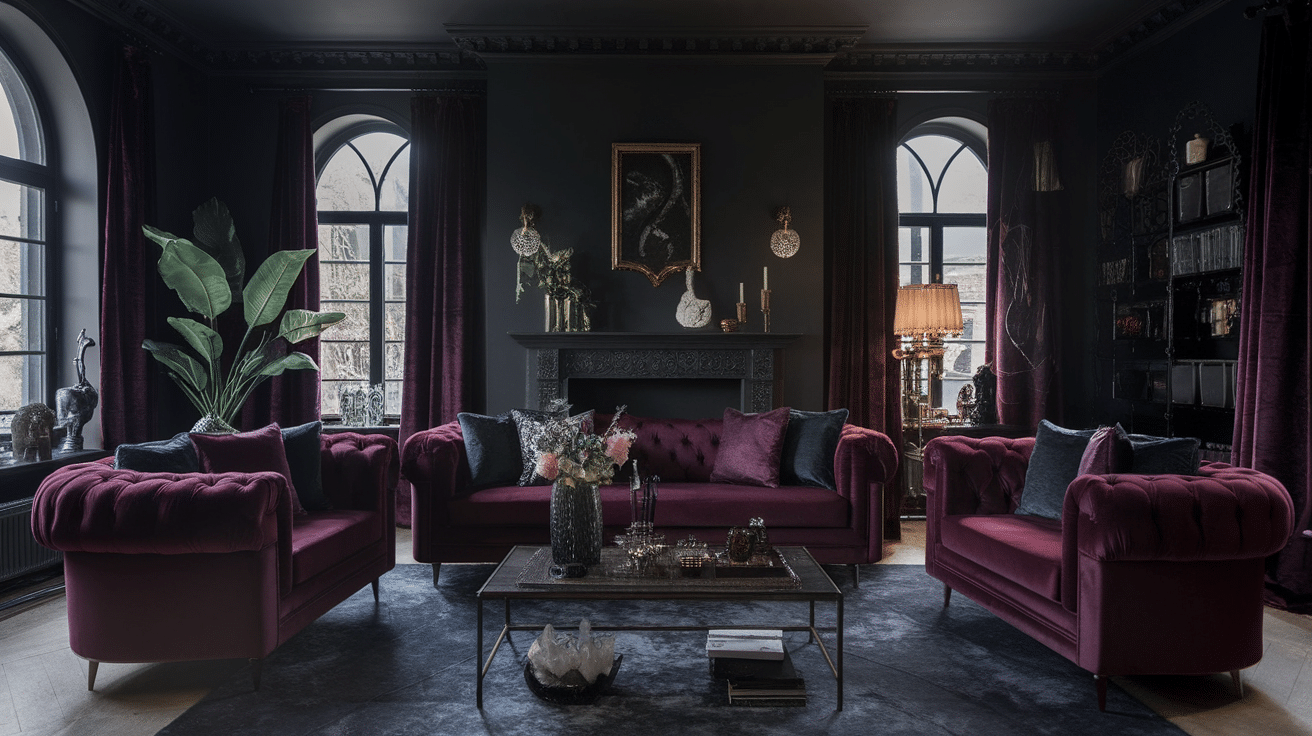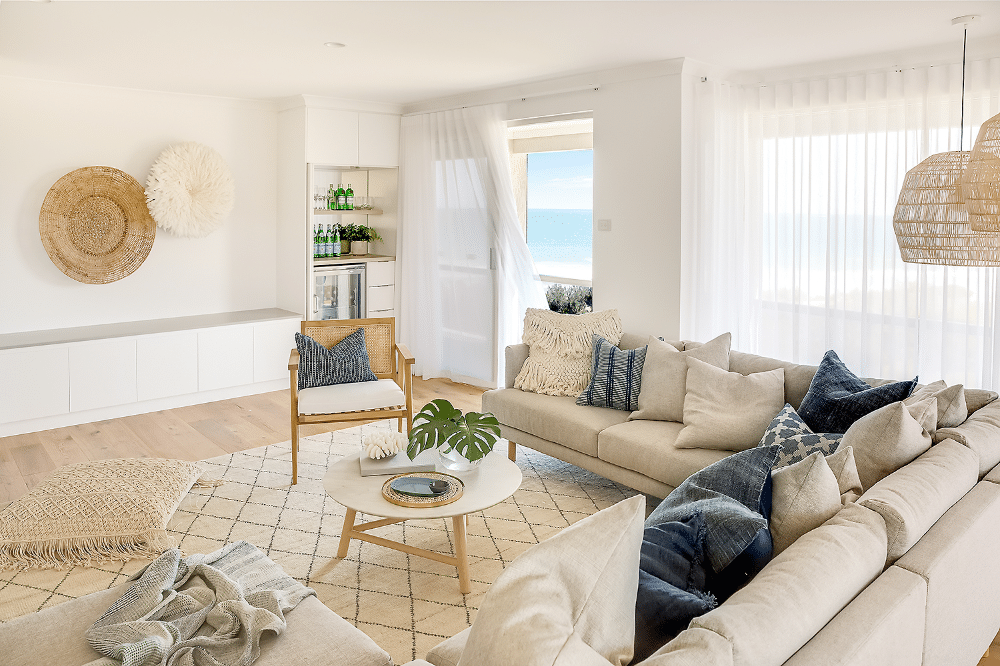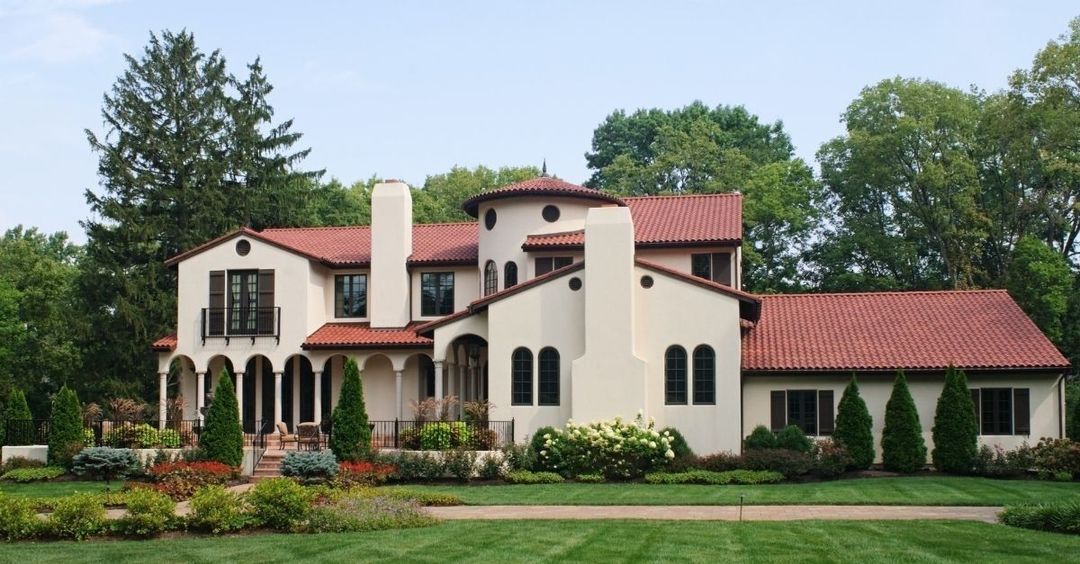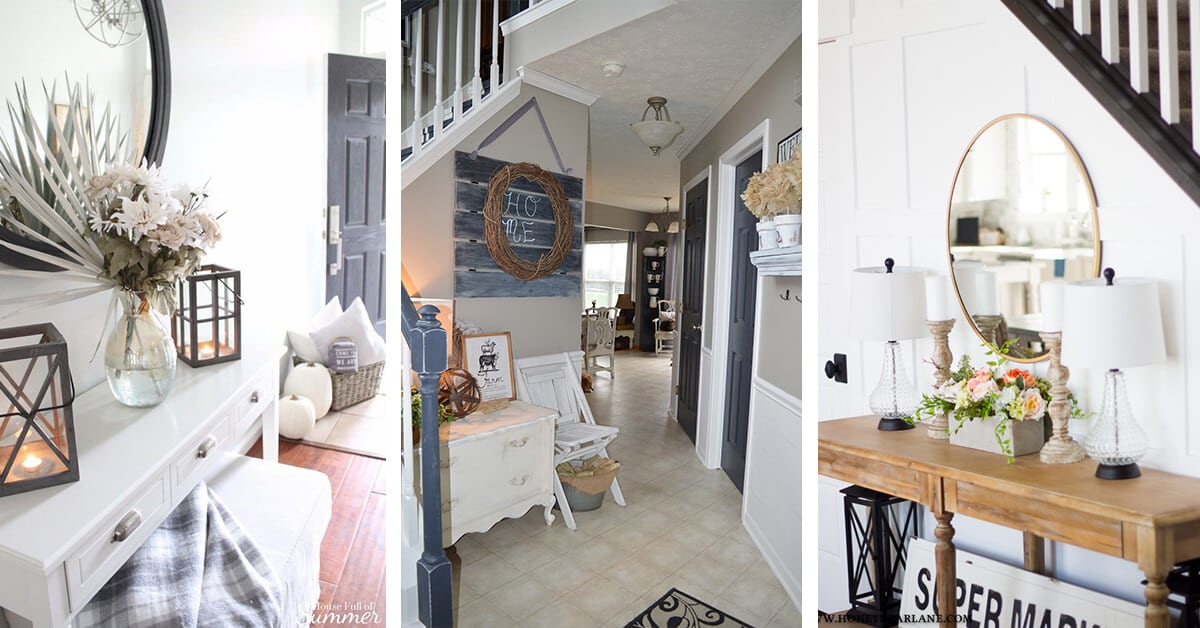Modern Neoclassical Architecture: Where Classic Meets Today
Have you ever walked past a new building with columns, symmetrical designs, and grand proportions? That’s modern neoclassical architecture.
Modern neoclassical architecture is a design style that adapts the look of ancient Greek and Roman buildings for today’s world.
Architects maintain the balanced, orderly feel of classical design while creating rooms that can change according to people’s needs.
Today’s building methods also mean these classical-style buildings go up faster and last longer than the originals.
In this blog, we talk about how this style takes ideas from ancient Greek and Roman buildings and updates them for today.
If you like homes that feel classic but still work for modern life, this is for you.
What is Neoclassical Architecture?
Neoclassical architecture revives design ideas from ancient Greek and Roman buildings.
It originated in Europe around 1750, when people began studying old ruins and became interested in the clean, balanced look of classical buildings.
People liked it because these buildings looked solid, important, and trustworthy.
Neoclassical architecture has stayed relevant for about 250 years.
The basic ideas of balance, symmetry, and good proportions create buildings that feel natural to use and have a lasting quality.
Key Characteristics
Neoclassical architecture is defined by several key features that blend the beauty and grandeur of ancient Greek and Roman designs.
This style focuses on structure, balance, and proportion, creating a sense of order and grace in every building.
The way space and design elements are arranged ensures that the style remains appealing over time.
1. Classical Columns and Pilasters
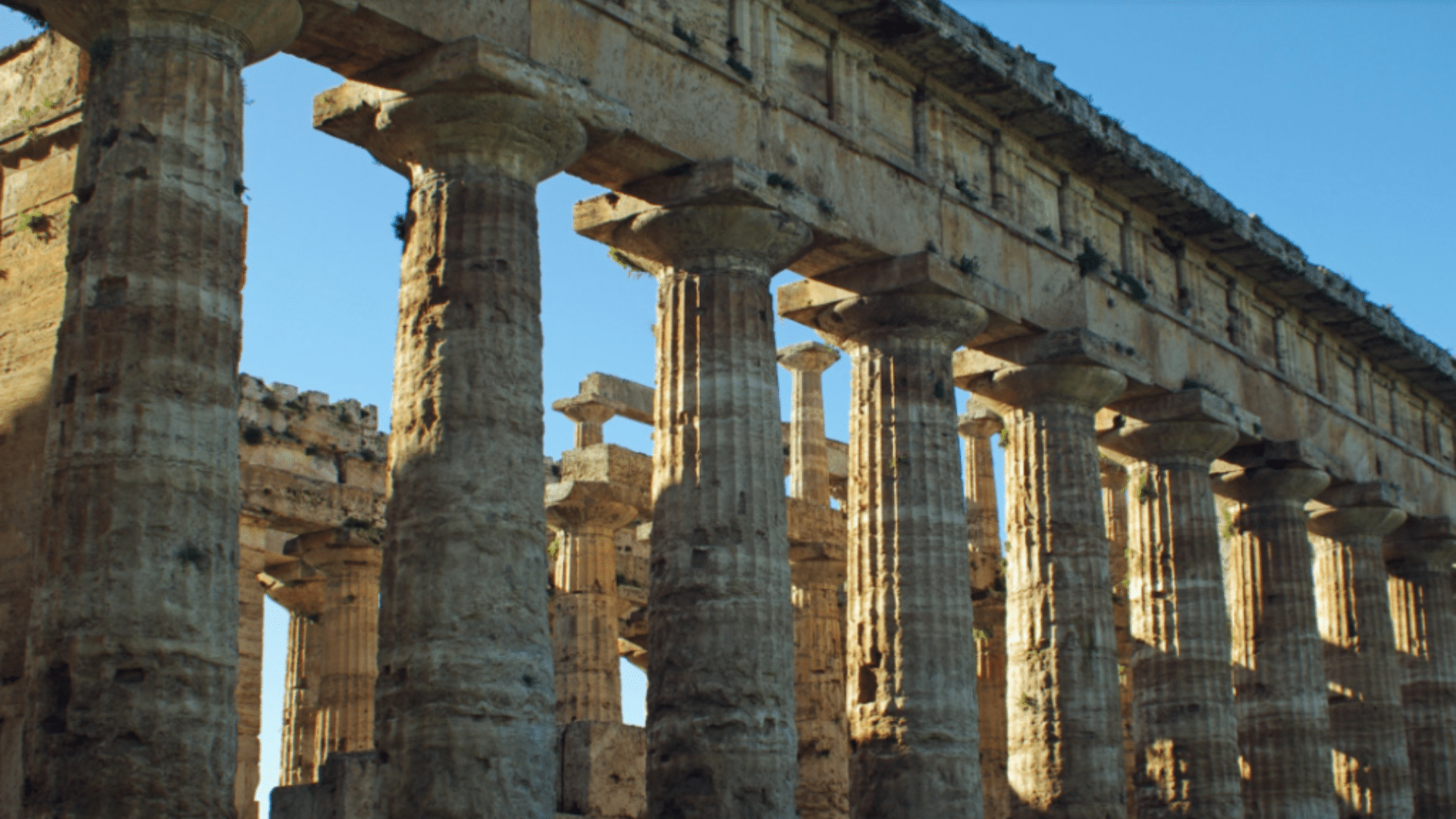
Columns and pilasters are key features in neoclassical architecture. They often follow the Doric, Ionic, or Corinthian orders, but in modern designs, they are simplified for a cleaner, more minimal look.
In traditional neoclassical buildings, these elements serve both structural and decorative purposes, adding rhythm and a sense of grandeur to facades.
In contemporary interpretations, columns may be stripped of ornate capitals or fluting, focusing more on proportion and symmetry.
2. Tall Windows and Doors
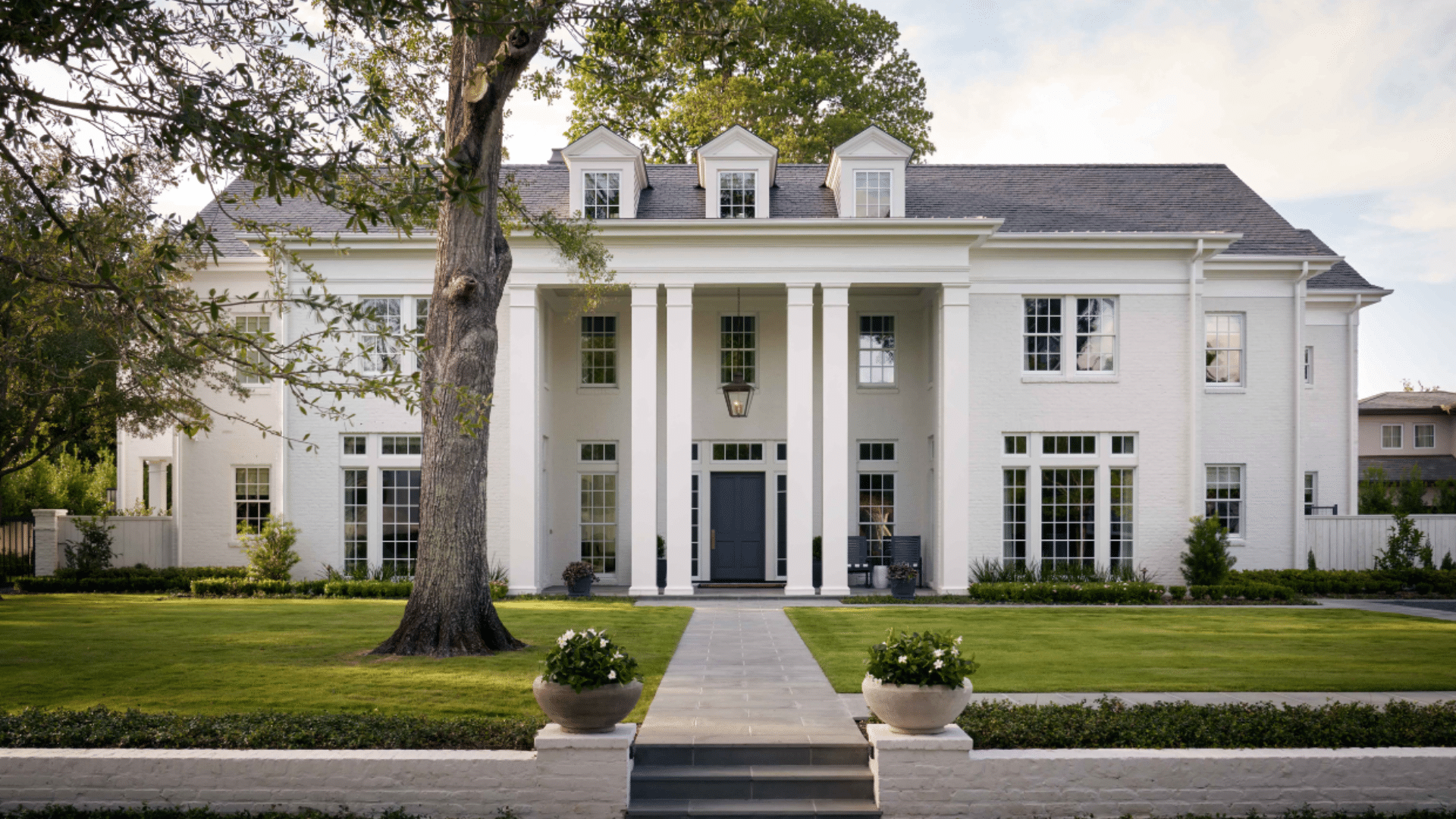
These elements give the building a grand, open feel. Modern versions often have floor-to-ceiling windows and doors, which let in natural light and create a sense of space.
Large glass panes framed by simplified columns or pilasters keep the look clean while still hinting at classical roots.
In some designs, these windows and doors align with the vertical lines of the columns, enhancing symmetry and visual flow.
3. Symmetry and Balanced Proportions
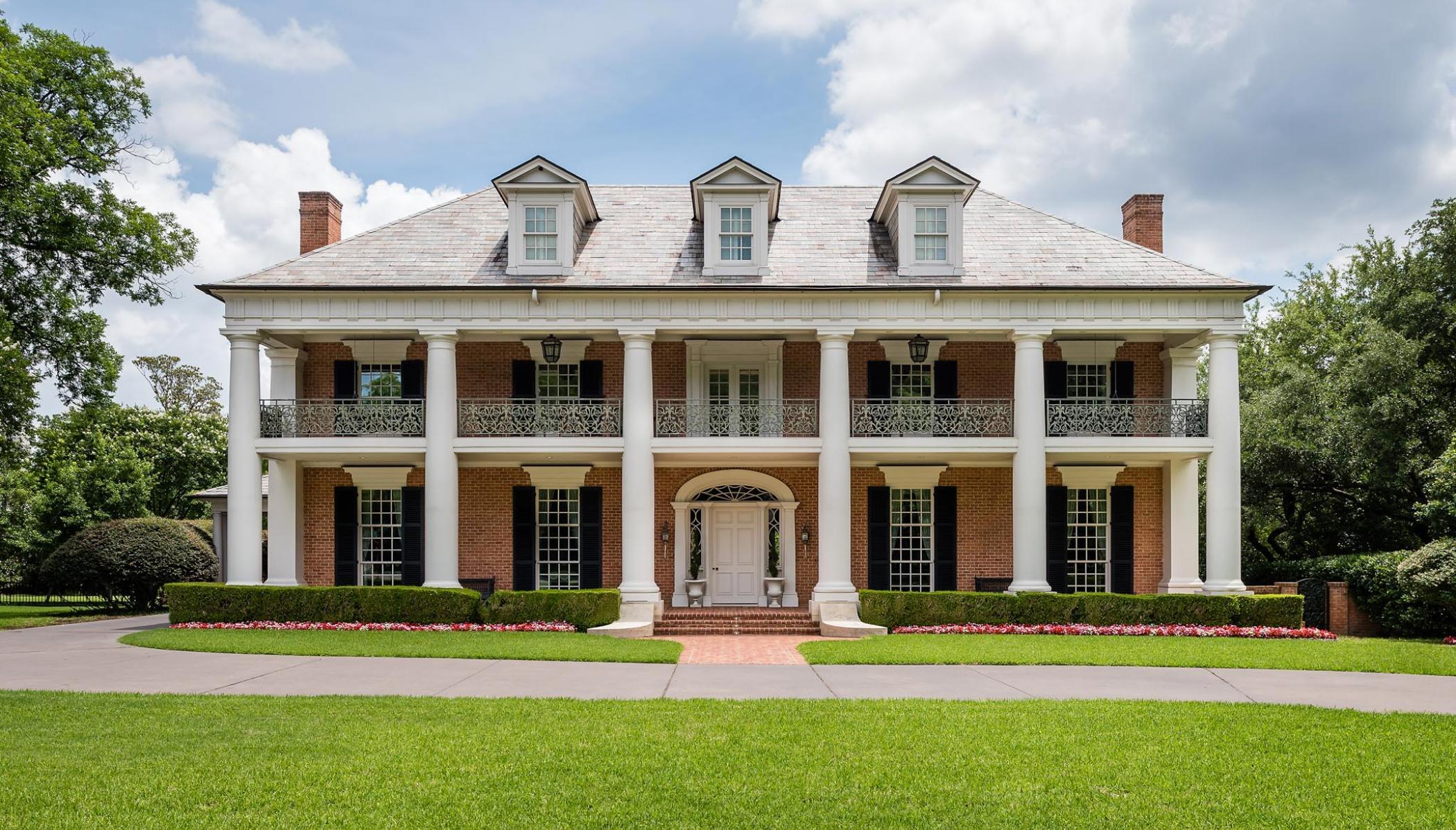
Neoclassical designs rely heavily on symmetry. Elements are arranged evenly around a central axis, giving the building a calm, organized appearance that feels natural and timeless.
This balance is often seen in the placement of windows, doors, and columns, which mirror each other on either side of the structure.
Rooflines, pediments, and decorative moldings also follow this symmetrical layout, reinforcing the overall harmony.
4. Decorative Cornices and Moldings
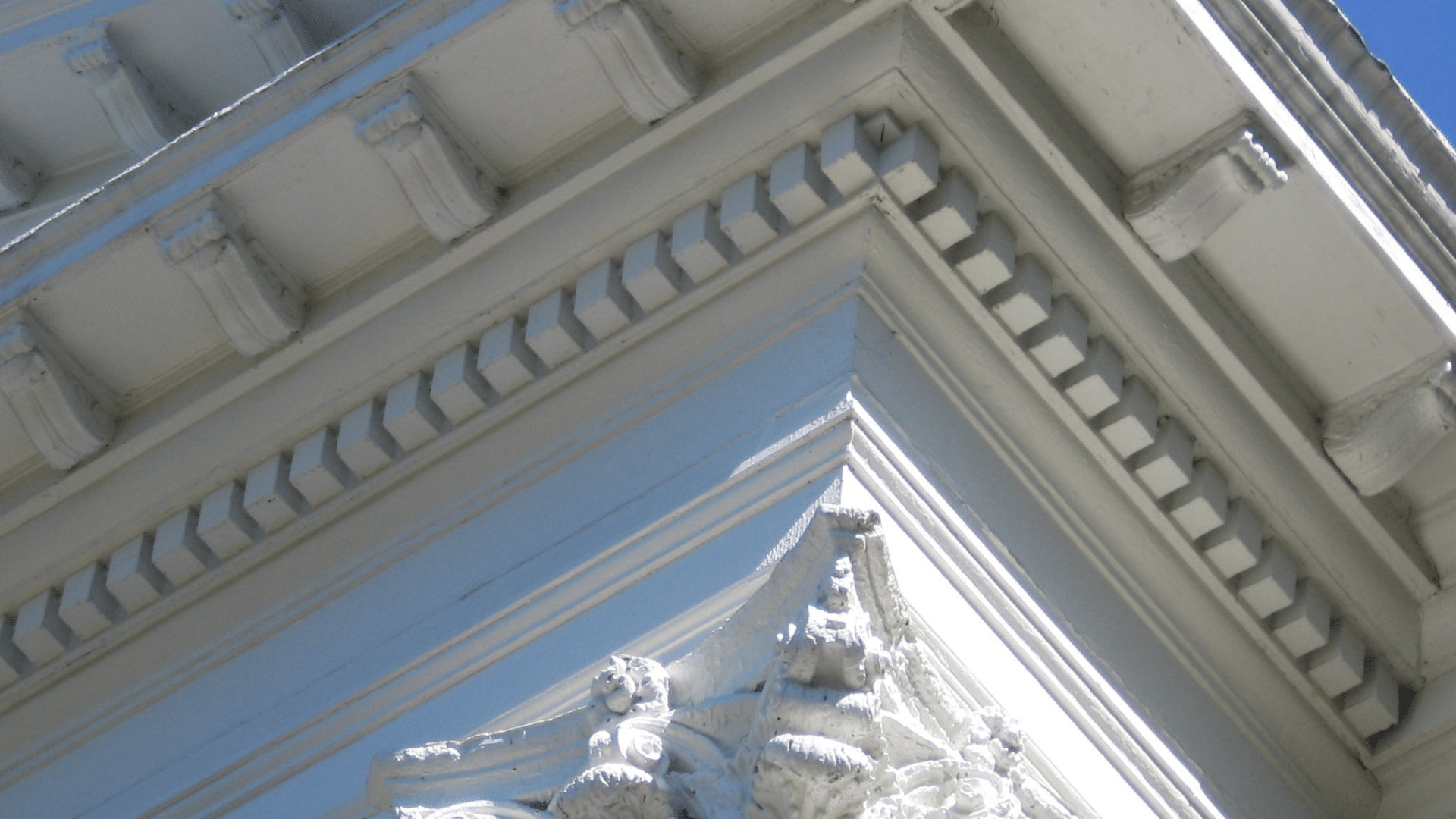
While modern styles may tone it down, neoclassical architecture still includes detailed cornices and trim work at rooflines, ceilings, and windows to add visual interest and structure.
Traditional designs often feature dentil molding, friezes, and layered profiles, while modern takes might use sleek, linear trim with subtle depth.
Even in simplified versions, these details provide texture and shadow, breaking up flat surfaces and adding character.
5. Light or Neutral Exterior Colors
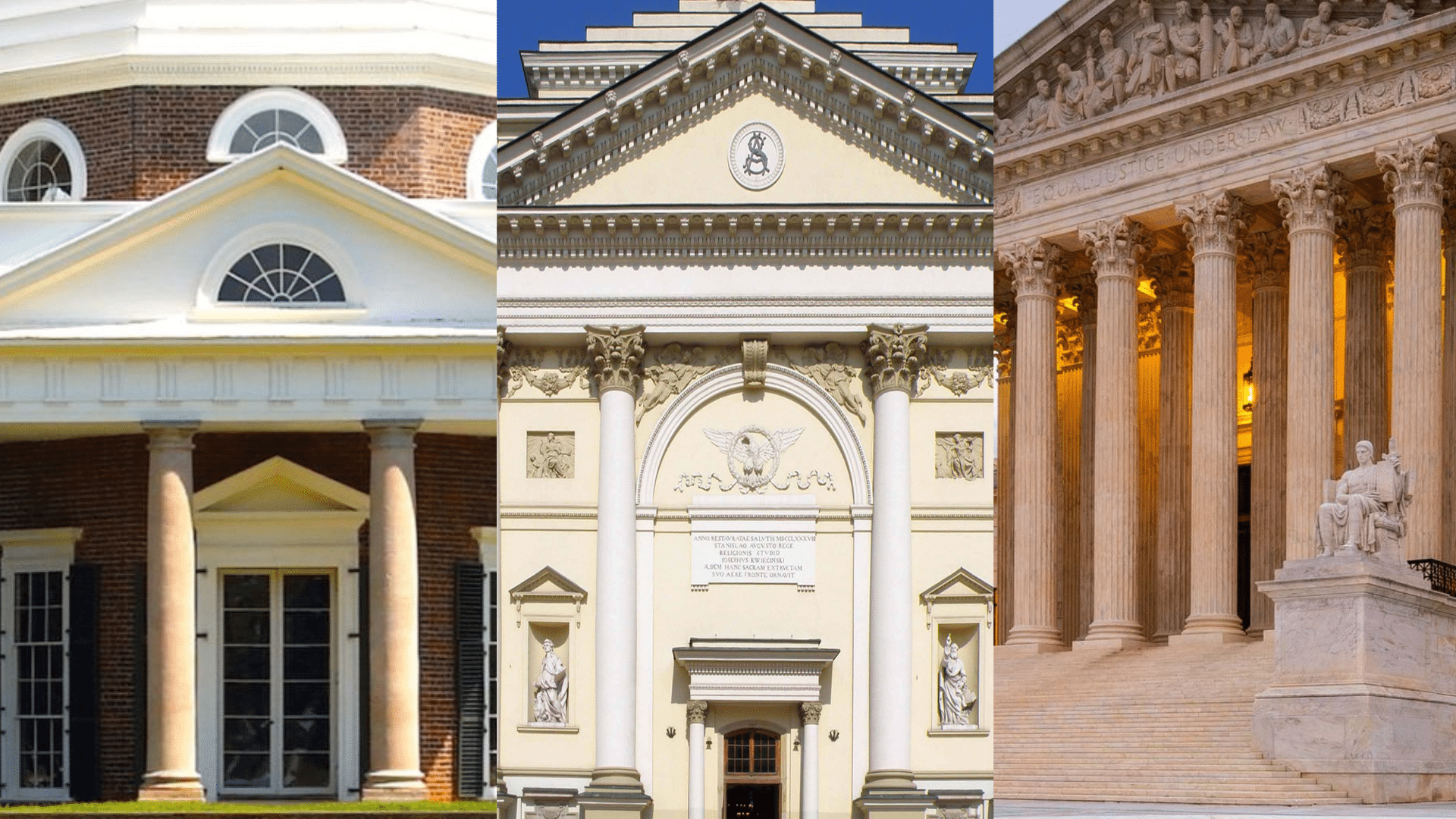
White, cream, or soft gray exteriors are often used to highlight architectural details and create a crisp, clean, and monumental appearance.
These light tones reflect sunlight, helping emphasize shadows around cornices, columns, and trim, making the building’s features stand out.
They also evoke the stone finishes of ancient Greek and Roman structures, reinforcing the style’s classical roots.
6. Grand Entrances
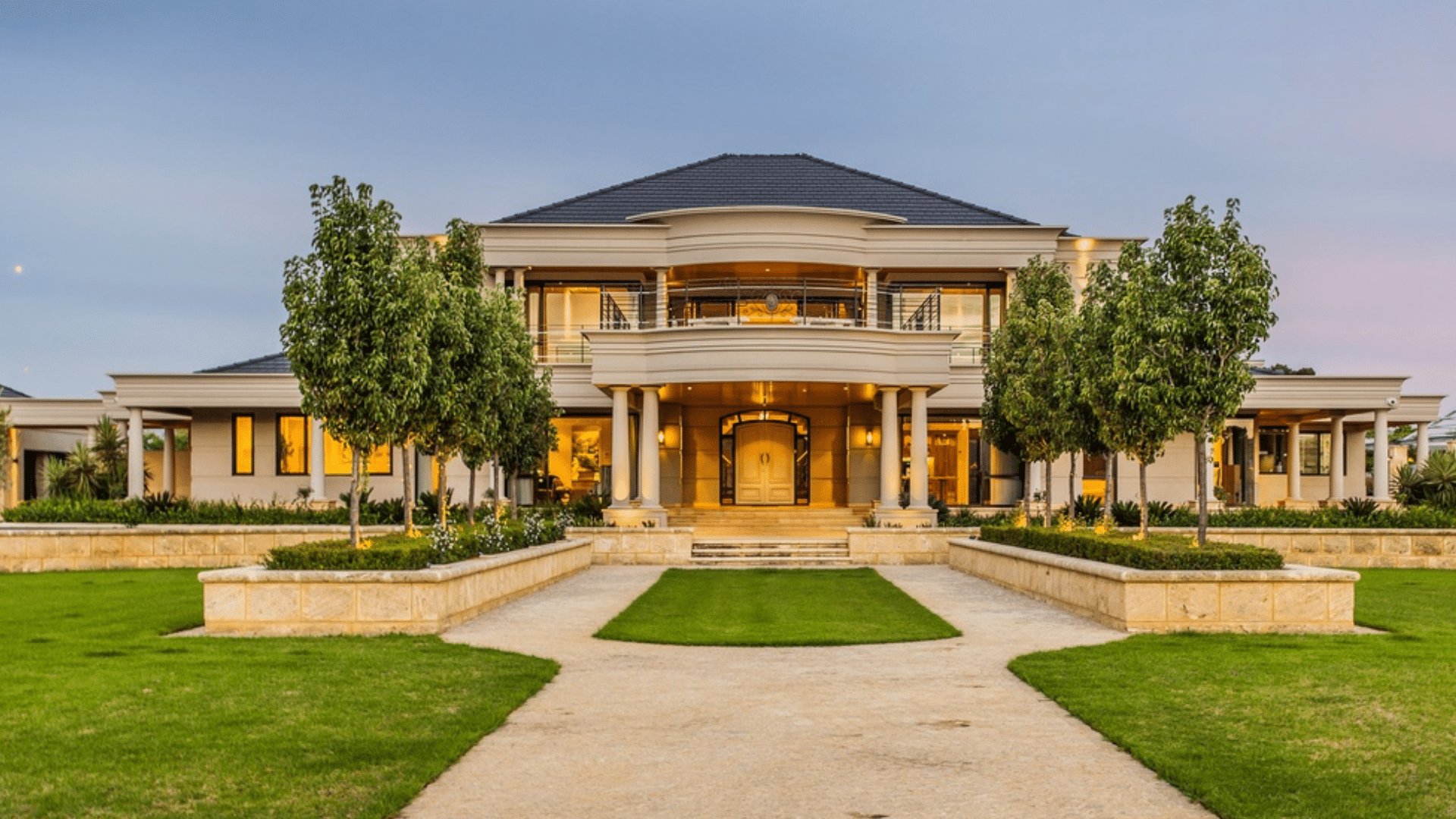
Many buildings feature wide staircases, porticos with columns, or large framed doors that serve as bold focal points, giving a sense of formality and presence.
In classical designs, porticos often include triangular pediments and rows of columns, echoing the look of ancient temples.
Modern interpretations may simplify these forms but keep their scale and alignment to maintain that sense of importance.
7. Use of High-Quality Materials
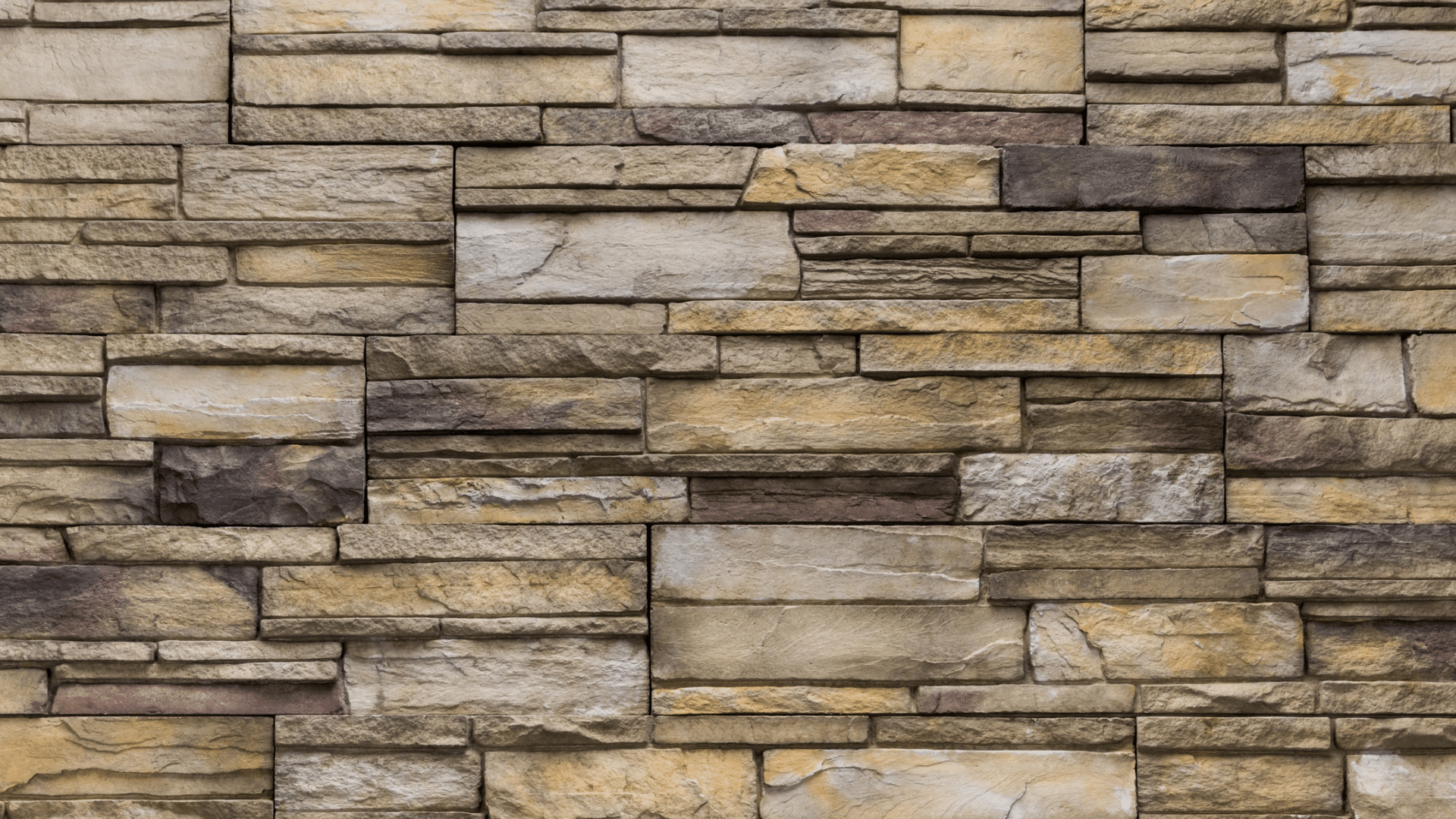
Stone, stucco, and modern stone veneers are often used to give the building a lasting, solid appearance, mixing traditional charm with modern durability.
These materials offer a timeless look and withstand weather, and wear well, making them practical for long-term use.
Traditional stone lends authenticity and weight, while modern veneers provide a lighter, more flexible option that still mimics the classic texture.
Could Modern Neoclassical Design Be Your Match?
Modern neoclassical architecture designs offer a unique mix of traditional grace and modern practicality.
It creates spaces that are both beautiful and functional. Here’s why this style could be the perfect choice for your home.
1. Looks
Modern neoclassical architecture delivers a sense of beauty. It draws on the strength and dignity of classical forms while adapting to current needs.
You get a home that looks upscale and refined without being overcomplicated. This style is perfect if you want your space to feel graceful but still livable.
2. Balance
If you’re drawn to designs that feel calm, clean, and structured, symmetry is a huge part of this style’s appeal.
Everything from window placement to rooflines follows a clear rhythm, creating a sense of harmony that’s hard to find in more trend-driven styles.
3. Presence
Neoclassical buildings make an impression. With tall facades, bold entrances, and a grounded, organized shape, they naturally draw attention.
If you want curb appeal that feels confident but not flashy, this style delivers that quiet sense of importance.
4. Simplicity
While rooted in history, modern neoclassical design doesn’t feel overly formal or stuffy. The classical details, like columns and moldings, are refined and minimal.
This gives you the charm of historical architecture in a much lighter, cleaner form.
5. Statement Home
Looking for something bold but tasteful? Modern neoclassical homes are just that.
They stand out with their proportions and structure but avoid being overly decorated, resulting in a stately yet welcoming appearance.
6. Longevity
This style isn’t just a passing trend. It’s been used for over two centuries and continues to be chosen for lasting structures.
If you’re designing a forever home or a long-term project, this architecture holds its value and relevance.
Modern neoclassical blends two worlds, classic design and modern convenience. Inside, you’ll find open spaces, natural light, and smart layouts.
Outside, it gives you that clean, timeless look that never feels outdated. It’s a great fit for those who want something that honors the past but works for the present.
Iconic Buildings that Use Neoclassical Architecture
Neoclassical architecture is seen in many iconic buildings that combine old-school design with great significance.
These structures embody the grand scheme of classical design and are of important cultural, political, or historical significance.
Here are some famous examples that highlight the style.
The White House (U.S.)
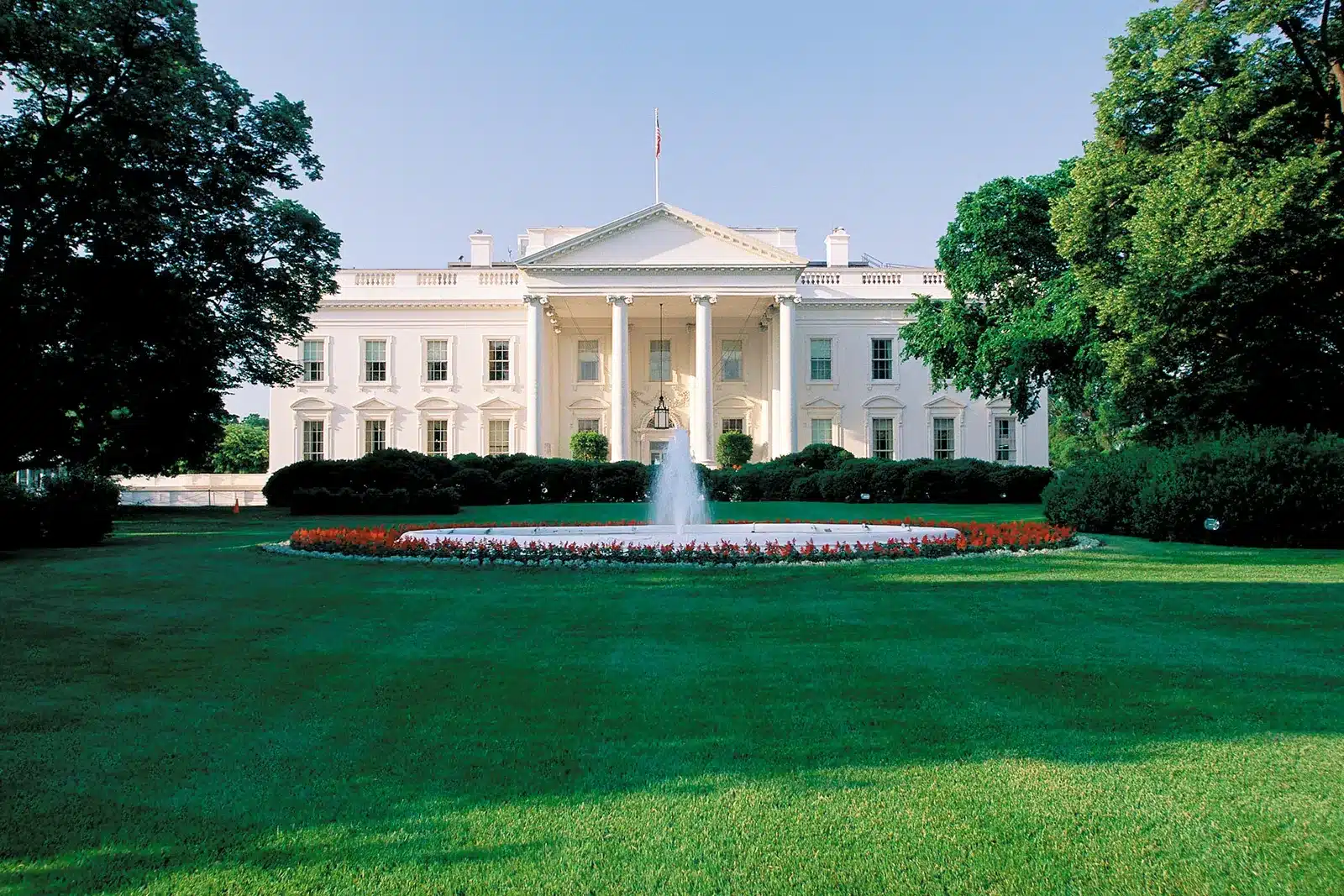
The White House’s impressive white exterior and perfectly balanced design showcase its Neoclassical style. At the entrance, big columns stand out, which makes the building look like a temple.
These design choices were meant to portray the young United States as a powerful, organized nation.
Drawing inspiration from ancient Greek and Roman architecture, the design reflects the country’s commitment to lasting values and desire to be seen as dignified and enduring.
British Museum (UK)
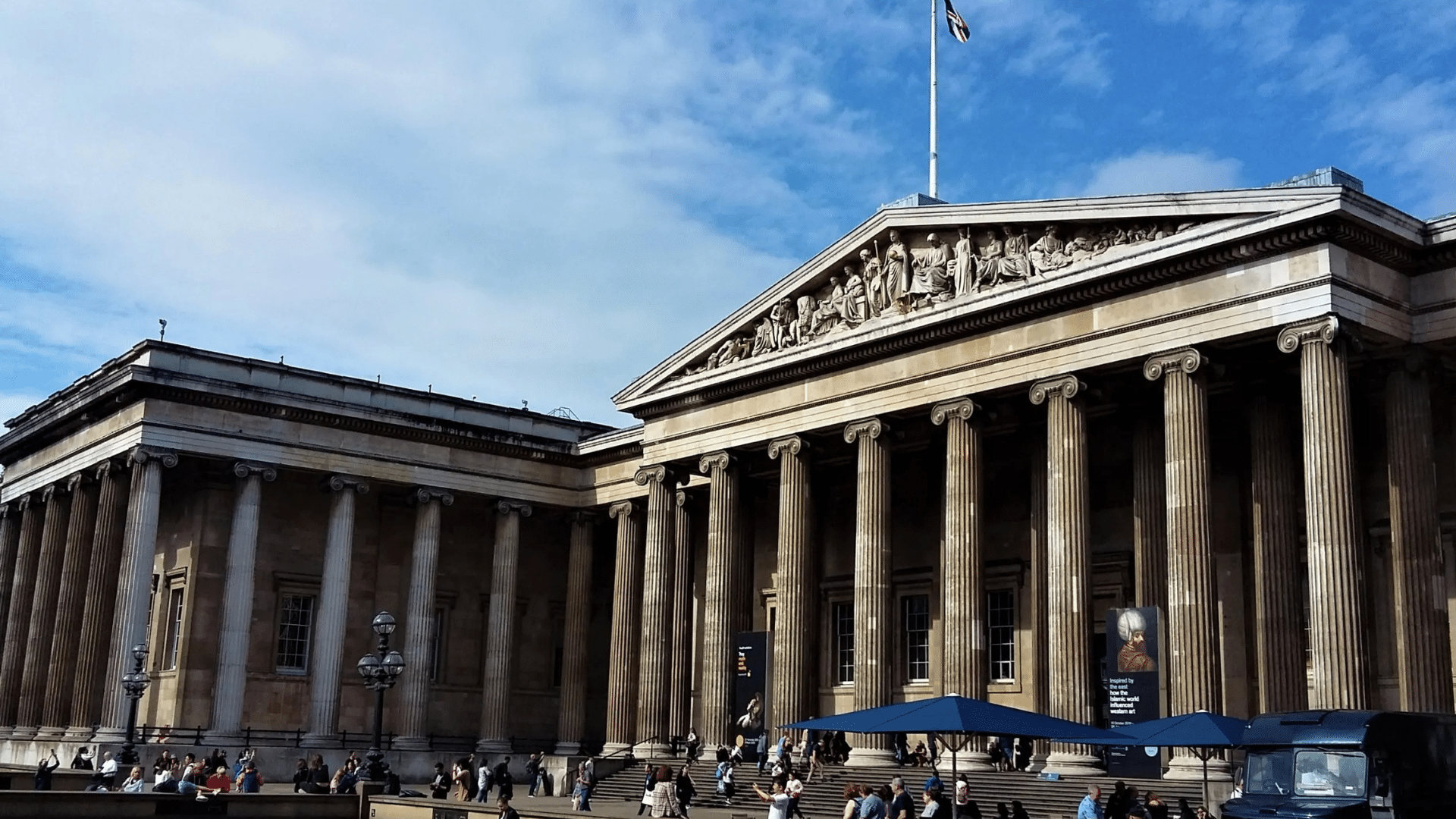
Its huge front entrance has massive columns that create a sense of importance. The building’s perfectly symmetrical design and clean lines reflect the Neoclassical love for order and old-school beauty.
It’s like the architects wanted to capture the spirit of ancient Greek culture in a modern building.
This architectural choice reinforces the idea of strength and unity, symbolizing a nation that values both its historical roots and its future aspirations.
Neue Wache (Germany)
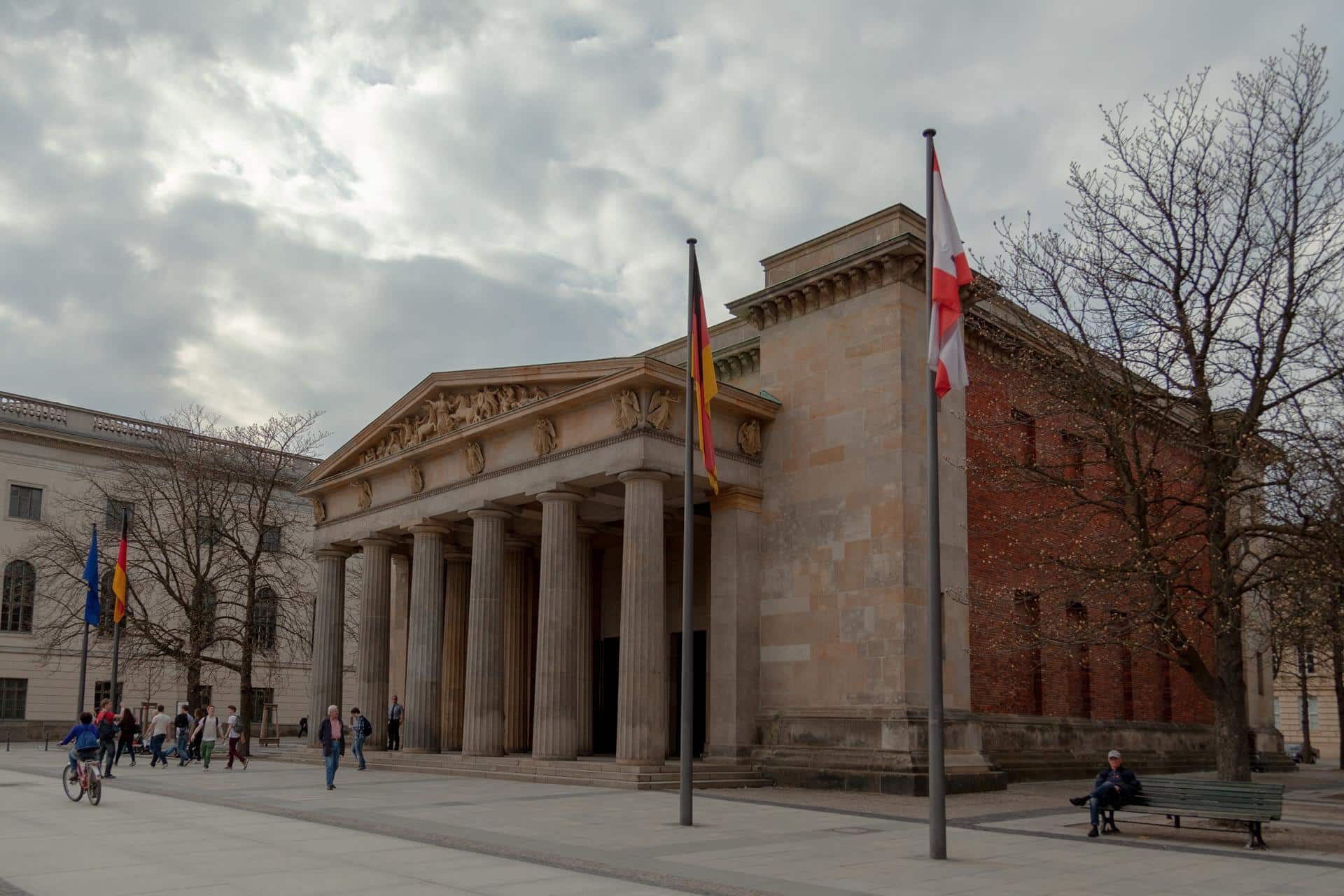
Designed by Karl Friedrich Schinkel, the Neue Wache is a textbook example of Neoclassical architecture.
The building uses simple, strong columns and a straightforward rectangular shape to create a sense of power.
The design looks back to ancient Greek and Roman buildings, using their principles to develop an understanding of strength.
Schinkel’s design creates a sense of dignity and permanence, making the Neue Wache a fitting monument to honor those who have sacrificed for their country.
Teatro Reale di San Carlo (Naples)
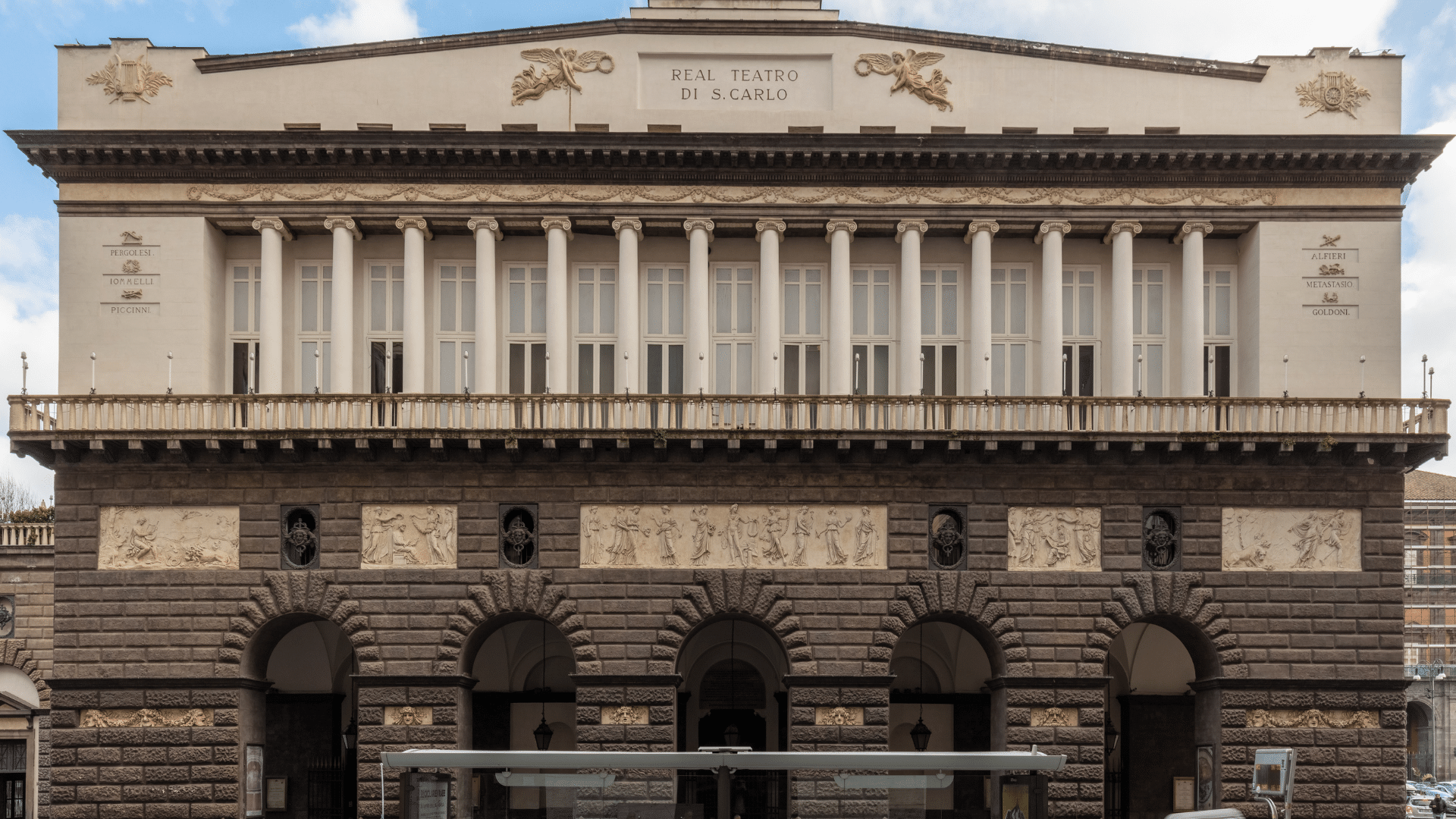
The Teatro Reale di San Carlo in Naples, built in 1737, is one of the oldest opera houses in the world.
While the inside is decorated in a Baroque style, the outside shows early signs of neoclassical architecture.
The building has clean lines, a balanced shape, and simple details that reflect classical design.
Later changes to the theater added more neoclassical features, like a smoother facade and a more formal layout.
Located next to the Royal Palace, it became a symbol of culture and elegance in Naples.
The Pantheon (Paris)

The Panthéon in Paris is a famous example of neoclassical architecture. Built in the late 1700s, it was originally designed as a church but later became a monument to honor French heroes.
The building has a grand portico with Corinthian columns, a large dome inspired by the Roman Pantheon, and a focus on symmetry and balance.
Its clean lines and calm, strong look reflect the ideals of neoclassical design.
Located in the Latin Quarter, the Panthéon is both a work of art and a symbol of national pride. It shows how the classical style was used to express modern values.
Conclusion
Modern Neoclassical architecture creates powerful spaces. They also combine classic design with modern-day comfort.
For owners, it makes a living environment that speaks of class, offers great function, and lasts long.
From soft tones and clean lines to grand entrances and thoughtful details, modern neoclassical design brings a quiet sense of beauty to everyday spaces.
It’s a steady and graceful style rooted in history but still very much at home in the present.
By mixing old design ideas with new building methods, these spaces become both a beautiful visual statement and a perfectly comfortable home.
Want to read more such intriguing blogs? Visit our website.

